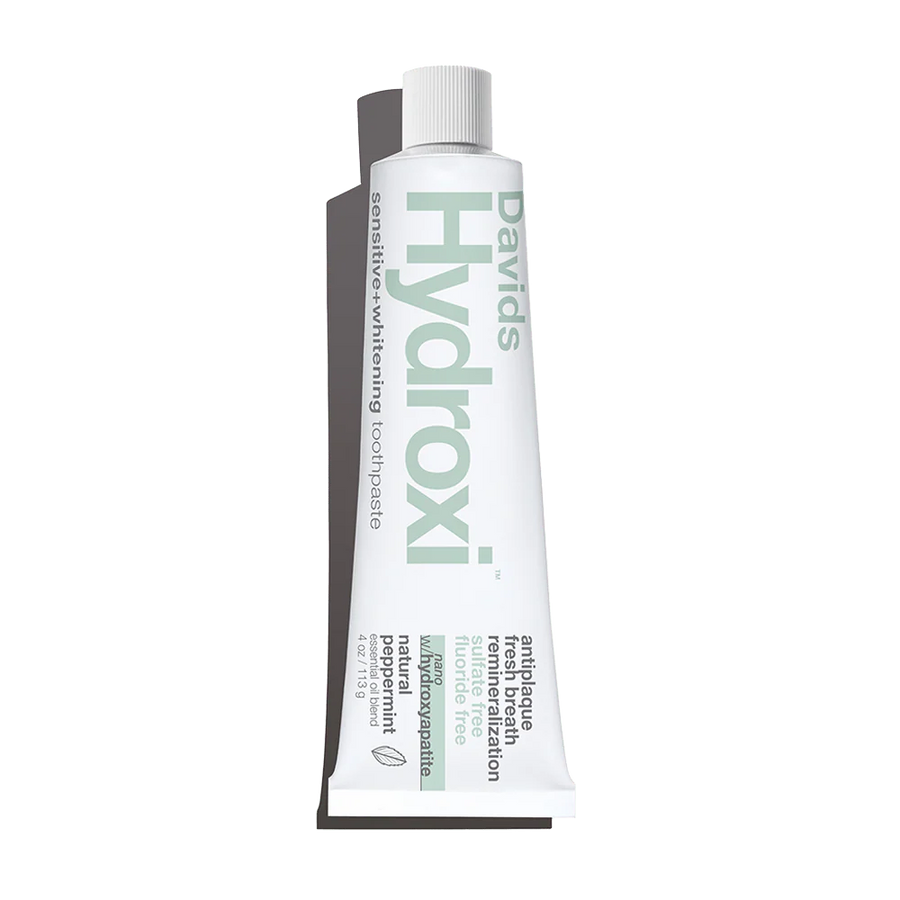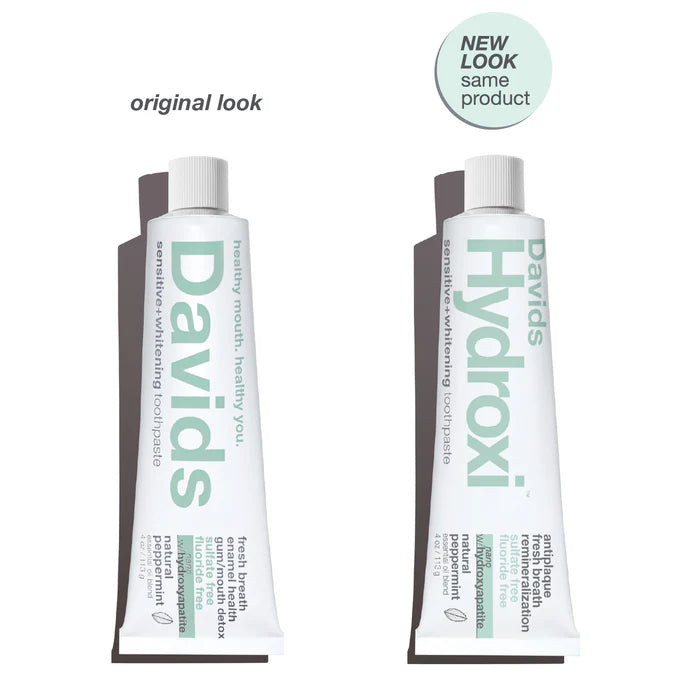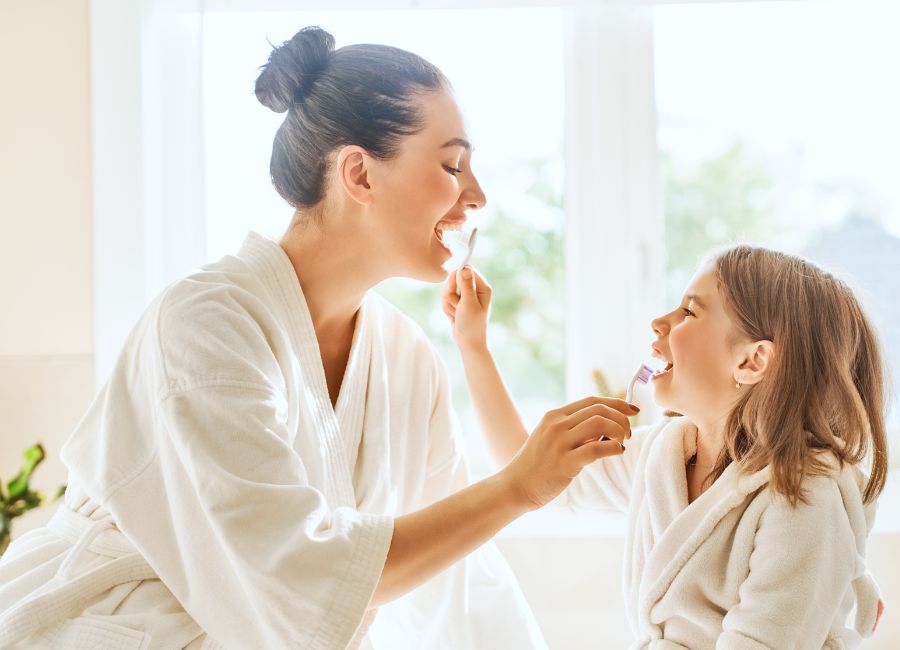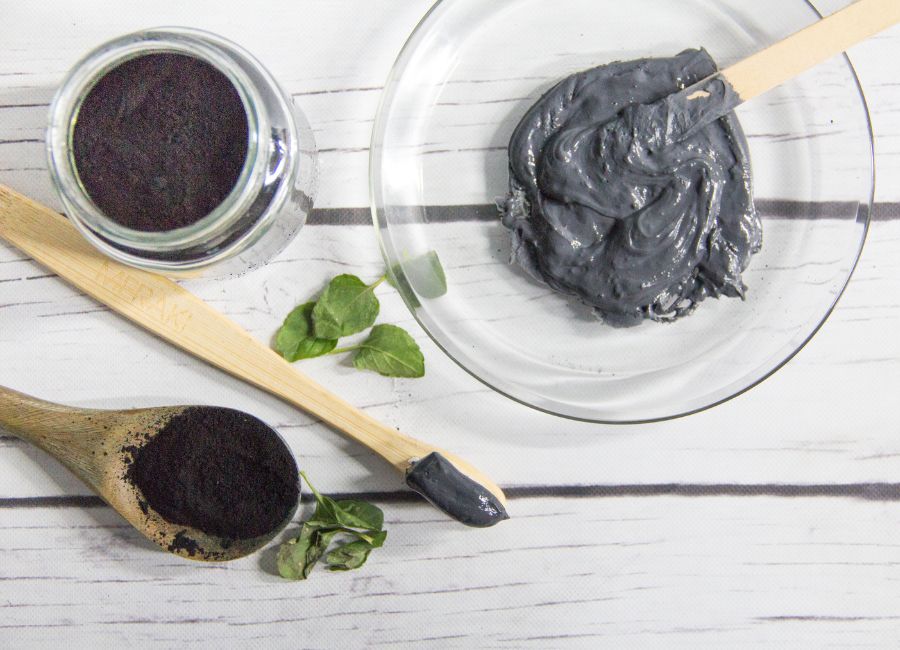Mastering the Art: How to Properly Brush Your Teeth with Toothpaste

The simple act of brushing your teeth may appear basic, but mastering the technique can make a monumental difference to your oral health. Though toothpaste is an essential partner in this everyday ritual, how you use it can dramatically affect its efficacy. In this comprehensive guide, we outline the optimal way to brush your teeth with toothpaste, turning a mundane task into an impactful oral hygiene routine.
The Preliminaries: Tool Selection and Preparation
Before you even apply toothpaste to your brush, make sure your tools are in top shape. Your toothbrush should be replaced every three to four months or as soon as the bristles begin to fray. Opt for a fluoride toothpaste that is approved by the Australian Dental Association for maximum effectiveness.
Step 1: Portion Control with Toothpaste
One common misconception is that a large amount of toothpaste will lead to cleaner teeth. In fact, a pea-sized dollop is more than sufficient for adults. For children under three, a rice grain-sized amount will suffice. Overuse of toothpaste is wasteful and doesn’t provide any additional cleaning benefits.
Step 2: The Ideal Starting Position
Place your toothbrush at a 45-degree angle to your gums. This angle allows the bristles to reach beneath the gum line, where plaque is prone to build up. Avoid pressing too hard; if the bristles bend, you're applying too much pressure.
Step 3: The Right Brushing Technique
Employ a circular or elliptical motion to brush each tooth individually. This technique is highly effective for plaque removal and is far gentler on the gums than a back-and-forth sawing motion. Allocate at least two to three seconds to each tooth for a thorough clean.
Step 4: The Order Matters
Starting anywhere in the mouth is fine, but following a systematic approach can help you ensure that you don't neglect any teeth. Begin from the upper right molars and make your way towards the upper left molars. Then, switch to the lower row and continue in a similar fashion. Remember to brush all surfaces—external, internal, and the chewing surfaces. Your tongue should also be brushed, as it can house bacteria responsible for bad breath.
Step 5: Time Your Brushing
Dental professionals in Australia recommend brushing for a minimum of two minutes, twice a day. Anything less and you may not effectively clean all dental surfaces. Use a timer or opt for a toothbrush with an integrated timer to meet this requirement.
Step 6: Post-Brushing Protocol
After you’ve completed brushing, spit out the toothpaste but avoid rinsing your mouth right away. The fluoride in the toothpaste continues its protective action for some time after the brushing is done. If you absolutely must rinse, wait for at least 30 minutes to get the full benefits of fluoride.
By incorporating these steps into your daily oral hygiene routine, you're not just going through the motions—you're optimizing your oral health, one brush at a time.









